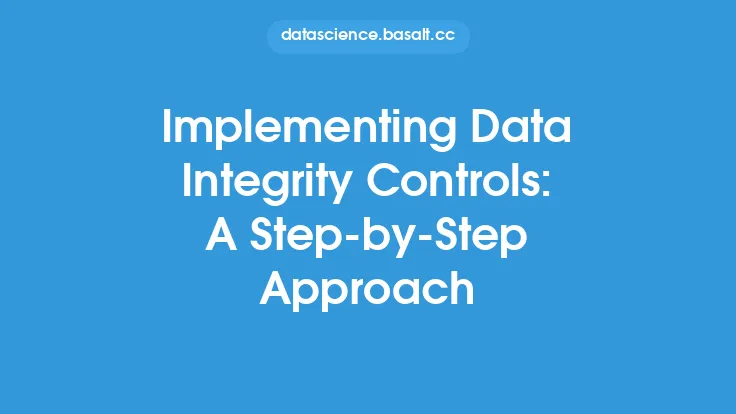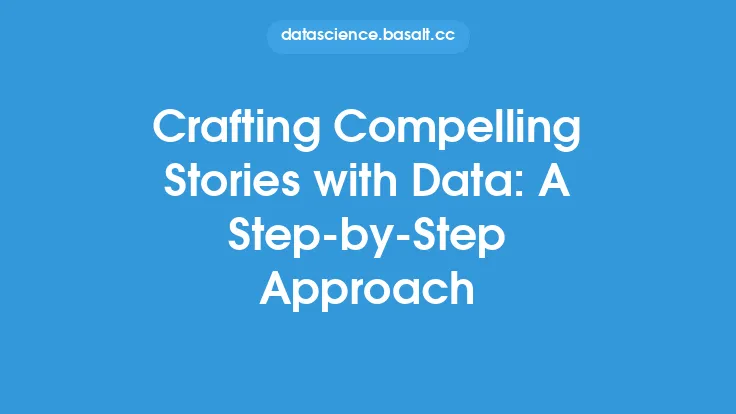Deep learning is a subset of machine learning that involves the use of artificial neural networks to analyze and interpret data. These neural networks are designed to mimic the structure and function of the human brain, with layers of interconnected nodes (neurons) that process and transmit information. In this article, we will delve into the inner workings of deep learning, exploring the step-by-step process of how it works.
Introduction to Artificial Neural Networks
Artificial neural networks are the foundation of deep learning. They consist of multiple layers of nodes, each of which receives one or more inputs, performs a computation on those inputs, and then sends the output to other nodes. This process allows the network to learn and represent complex patterns in data. The nodes in an artificial neural network are typically organized into three types of layers: input layers, hidden layers, and output layers. The input layer receives the initial data, the hidden layers perform complex computations on that data, and the output layer generates the final prediction or classification.
The Forward Pass
The forward pass is the process by which an artificial neural network generates an output from a given input. It begins with the input layer, where the initial data is fed into the network. This data is then propagated through the network, layer by layer, with each node applying a set of weights and biases to the input data. The weights and biases are learned during the training process and are used to compute the output of each node. The output of each node is then passed through an activation function, which determines the output of the node. Common activation functions include sigmoid, ReLU (rectified linear unit), and tanh (hyperbolic tangent).
The Backward Pass
The backward pass is the process by which an artificial neural network updates its weights and biases during the training process. It begins with the output layer, where the error between the predicted output and the actual output is computed. This error is then propagated backwards through the network, layer by layer, with each node computing the error gradient with respect to its weights and biases. The error gradient is used to update the weights and biases of each node, with the goal of minimizing the error between the predicted output and the actual output.
Optimization Algorithms
Optimization algorithms are used to update the weights and biases of an artificial neural network during the training process. The most common optimization algorithm used in deep learning is stochastic gradient descent (SGD), which updates the weights and biases of each node based on the error gradient computed during the backward pass. Other optimization algorithms, such as Adam and RMSProp, are also commonly used. These algorithms adapt the learning rate of the network during training, allowing the network to converge more quickly and accurately.
Training a Deep Neural Network
Training a deep neural network involves feeding the network a large dataset of labeled examples, with the goal of minimizing the error between the predicted output and the actual output. The network is typically trained using a variant of the stochastic gradient descent algorithm, with the learning rate and other hyperparameters adjusted during training to optimize the network's performance. The training process can be computationally intensive, requiring large amounts of memory and processing power. However, the resulting network can be used to make accurate predictions and classifications on new, unseen data.
Deep Learning Architectures
Deep learning architectures refer to the specific organization and structure of the nodes and layers in an artificial neural network. Common architectures include convolutional neural networks (CNNs), recurrent neural networks (RNNs), and long short-term memory (LSTM) networks. CNNs are typically used for image and video processing, RNNs are used for sequential data such as speech and text, and LSTMs are used for data with long-term dependencies. Each architecture has its own strengths and weaknesses, and the choice of architecture depends on the specific problem being solved.
Deep Learning Techniques
Deep learning techniques refer to the methods and strategies used to improve the performance and accuracy of artificial neural networks. Common techniques include dropout, which randomly sets a fraction of the nodes in the network to zero during training, and batch normalization, which normalizes the input data to each layer to improve the stability and speed of training. Other techniques, such as data augmentation and transfer learning, can also be used to improve the performance of the network.
Applications of Deep Learning
Deep learning has a wide range of applications, from image and speech recognition to natural language processing and game playing. It has been used to develop self-driving cars, personalized recommendation systems, and medical diagnosis tools. Deep learning has also been used to analyze and understand complex data, such as financial transactions and social media posts. The applications of deep learning are vast and continue to grow, as researchers and developers explore new and innovative ways to use these powerful algorithms.
Conclusion
Deep learning is a powerful and complex field that has revolutionized the way we approach machine learning and artificial intelligence. By understanding how deep learning works, we can unlock its full potential and develop new and innovative applications that can transform industries and improve our lives. Whether you are a researcher, developer, or simply interested in the field, deep learning is an exciting and rapidly evolving area that is worth exploring. With its ability to learn and represent complex patterns in data, deep learning has the potential to solve some of the most pressing problems of our time, and its applications will only continue to grow in the coming years.





